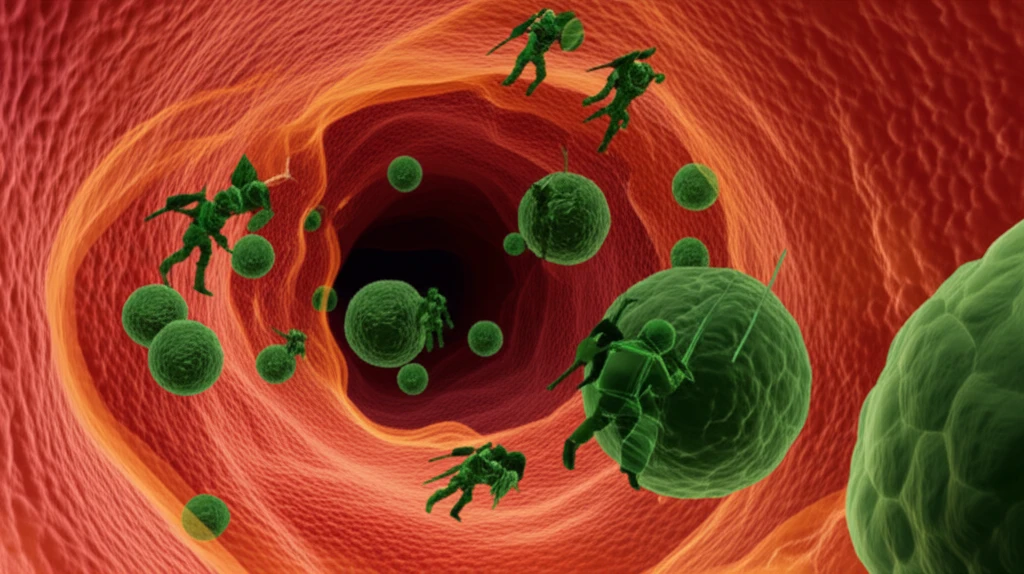
Is BCG Still the Gold Standard for Bladder Cancer? Weighing the Odds Against Chemohyperthermia
"A new study explores whether chemohyperthermia can rival the effectiveness of BCG for high-risk, non-muscle-invasive bladder cancer."
Bladder cancer is a common and serious diagnosis, especially for men. The good news is that if caught early, specifically when it’s non-muscle-invasive bladder cancer (NMIBC), the chances of survival are high – over 90%. The challenge, however, lies in preventing the cancer from recurring after initial treatment.
Following the removal of the tumor through a procedure called transurethral resection (TUR), many patients face a tough reality: the cancer can come back. To combat this, doctors often recommend adjuvant intravesical therapy, where medication is placed directly into the bladder to reduce the risk of recurrence and progression. The European Association of Urology (EAU) supports this approach, with one of the mainstays of treatment being the Bacillus Calmette-Guérin, more commonly known as BCG.
BCG has been a go-to treatment, but it's not without its drawbacks. The side effects can be difficult, leading researchers to explore new options. One such alternative is chemohyperthermia (C-HT), which combines chemotherapy with heat to target cancer cells. While promising, there has been a lack of direct comparisons between BCG and C-HT – until now. A recent study has taken on the challenge of comparing these two treatments, offering valuable insights for those navigating bladder cancer treatment options.
BCG vs. Chemohyperthermia: A Head-to-Head Comparison

Researchers conducted a retrospective study analyzing data from 1,937 patients diagnosed with bladder cancer between January 2004 and January 2014. The goal was to compare how well C-HT and BCG prevent cancer recurrence. Patients treated with C-HT were carefully matched with those treated with BCG, ensuring a fair comparison. Statistical models were then used to determine the link between the treatments and the likelihood of recurrence or progression.
- The two-year recurrence-free interval was 76.2% in the C-HT group compared to 93.9% in the BCG group.
- Treatment with C-HT was linked to a higher risk of tumor recurrence.
- High-grade tumors were also associated with an increased risk of recurrence.
- However, in more complex analysis, C-HT didn't show a statistically significant difference from BCG in terms of recurrence risk.
- There were no significant differences in progression rates between C-HT and BCG.
The Bottom Line: BCG Still Reigns, But the Search Continues
This study indicates that for patients with high-risk NMIBC who haven't been treated with BCG before, BCG remains the more effective option. While C-HT shows promise, more research is needed to refine its application and determine its potential role in bladder cancer treatment. As the quest for better treatments continues, it’s vital for patients to discuss all options with their healthcare team to make informed decisions based on their individual needs and circumstances.
